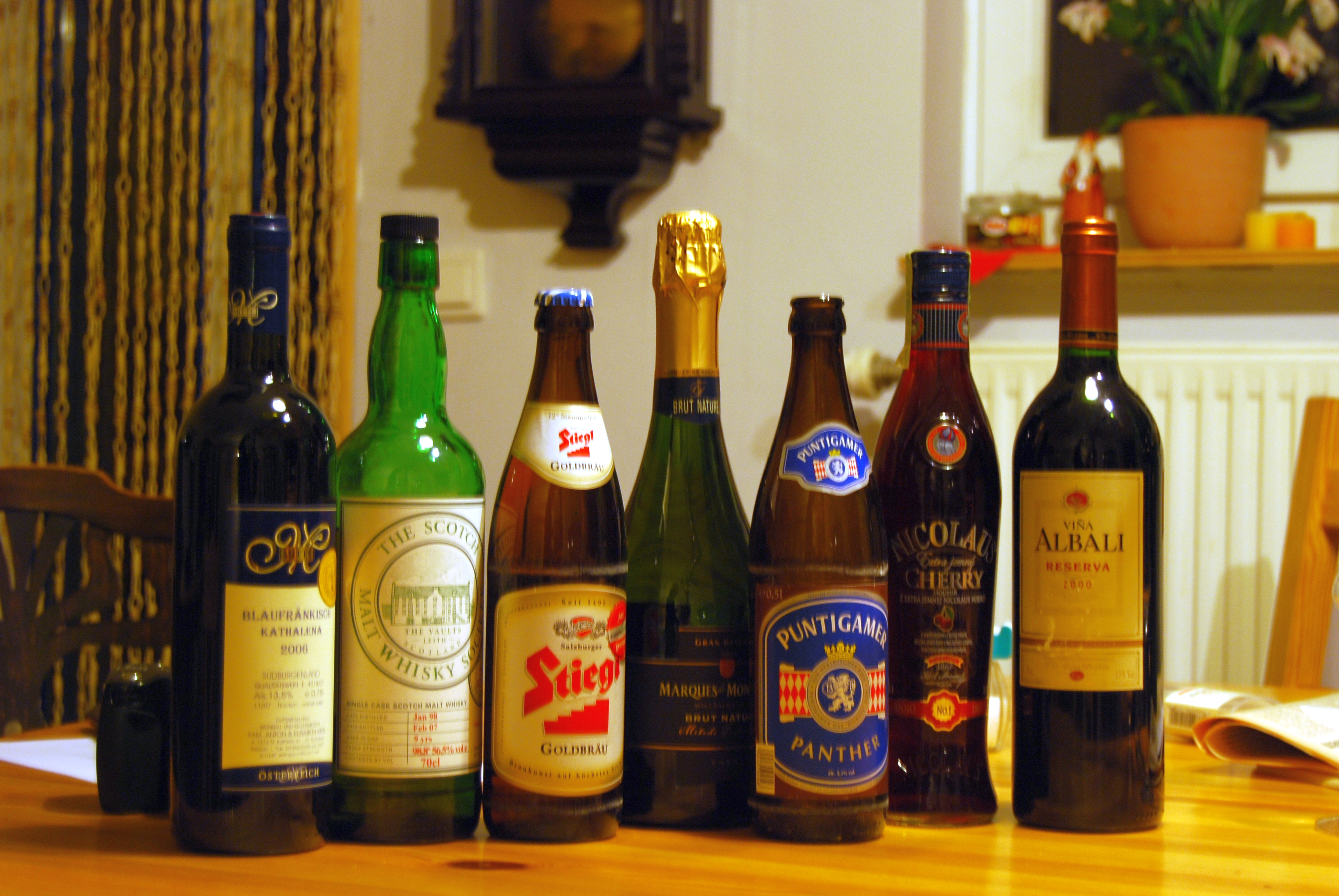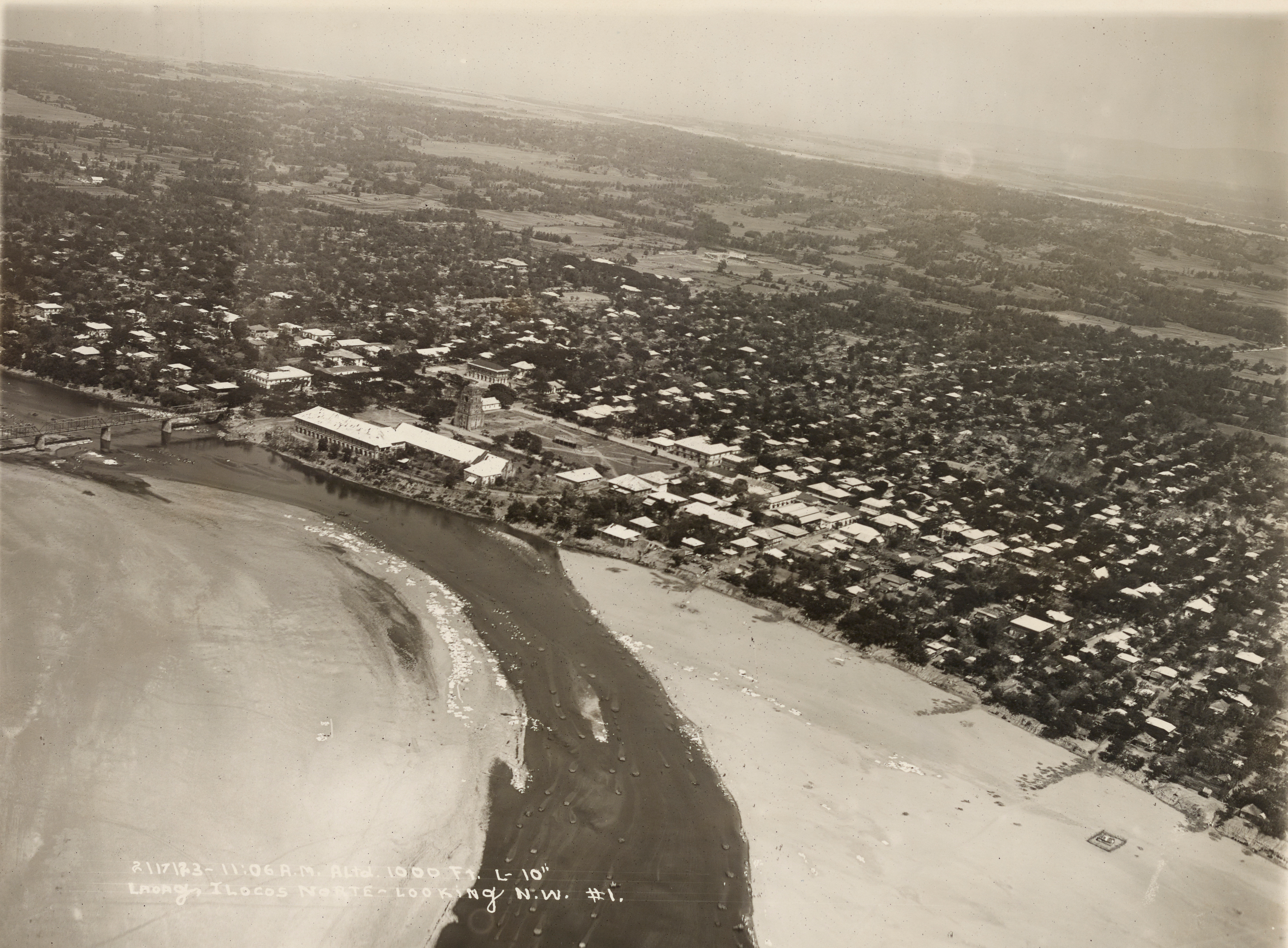|
Basi
''Basi'' is a native ''Ilocano'' fermented alcoholic beverage or wine made with sugarcane juice, particularly those produced in the region of ''Northern Luzon'' particularly in ''Ilocos Region''. This wine is processed in ''“burnay”'' (Ilocano earthen jar) or ''“tapayan”.'' Description Basi is the local beverage of Ilocos in northern Luzon in San Ildefonso, Ilocos Sur, San Ildefonso where it has been consumed since before the History of the Philippines (1521-1898), Spanish conquest. In the Philippines, commercial basi is produced by first crushing sugarcane and extracting the juice. The juice is boiled in vats and then stored in earthen jars (''tapayan ''Tapayan'' or ''tempayan'' (also known as ''balanga'', ''belanga'', or ''banga'') are large wide-mouthed earthenware or stoneware jars found in various Austronesian cultures in island Southeast Asia. Their various functions include fermenting ri ...''). Once the juice has cooled, flavorings made of ground gluti ... [...More Info...] [...Related Items...] OR: [Wikipedia] [Google] [Baidu] |
Philippines
The Philippines (; fil, Pilipinas, links=no), officially the Republic of the Philippines ( fil, Republika ng Pilipinas, links=no), * bik, Republika kan Filipinas * ceb, Republika sa Pilipinas * cbk, República de Filipinas * hil, Republika sang Filipinas * ibg, Republika nat Filipinas * ilo, Republika ti Filipinas * ivv, Republika nu Filipinas * pam, Republika ning Filipinas * krj, Republika kang Pilipinas * mdh, Republika nu Pilipinas * mrw, Republika a Pilipinas * pag, Republika na Filipinas * xsb, Republika nin Pilipinas * sgd, Republika nan Pilipinas * tgl, Republika ng Pilipinas * tsg, Republika sin Pilipinas * war, Republika han Pilipinas * yka, Republika si Pilipinas In the recognized optional languages of the Philippines: * es, República de las Filipinas * ar, جمهورية الفلبين, Jumhūriyyat al-Filibbīn is an archipelagic state, archipelagic country in Southeast Asia. It is situated in the western Pacific Ocean and consists of aro ... [...More Info...] [...Related Items...] OR: [Wikipedia] [Google] [Baidu] |
Ilocano People
The Ilocanos ( ilo, Tattao nga Iloko/), Ilokanos, or Iloko people are the third largest Filipino ethnolinguistic group and mostly reside within the Ilocos Region in the northwestern seaboard of Luzon, Philippines. The native language of the Ilocano people is the Ilocano (or Ilokano) language. Historically, the Ilocano people have developed a near- stereotypical reputation among Filipinos of resourcefulness, frugality and industriousness, their resilience likely stemming from their geographical location and extreme weather patterns, and their high average savings rate in the Ilocos Region throughout the years. Ilocanos have an elaborate network of beliefs and social practices. The Ilocano diaspora has reached nearly all parts of the Philippines, as well as to places in the Western world, particularly Hawaii and California. Emigration was caused by dense population pressures in a land with limited agricultural potential. The Ilocos Region is one of the most densely populated reg ... [...More Info...] [...Related Items...] OR: [Wikipedia] [Google] [Baidu] |
Piddig
Piddig, officially the Municipality of Piddig ( ilo, Ili ti Piddig; fil, Bayan ng Piddig) is a 3rd class municipality in the province of Ilocos Norte, Philippines. According to the 2020 census, it has a population of 22,475 people. The town is known for its role in the Basi Revolt, led by Pedro Mateo, a native of Piddig. Today, Piddig is known for its ''basi'' and for their ''sariwagwag'', a dish made out of ''gabi'' leaves with fresh shrimps that are freshly gathered from their rich river. The ''municipio'' (town hall) is located on top of a hill offering panoramic views of fields and mountains. Piddig is the birthplace of Teófilo Yldefonso, a Filipino swimmer who is the first Filipino and Southeast Asian to win an Olympic medal, and the first Filipino to win multiple medals. Geography Piddig's terrain is hilly with rice plains interspersed in between. It sits at a higher elevation than most of the towns in Ilocos Norte. It is a great place for a day hike, if one does not m ... [...More Info...] [...Related Items...] OR: [Wikipedia] [Google] [Baidu] |
San Ildefonso, Ilocos Sur
San Ildefonso, officially the Municipality of San Ildefonso ( ilo, Ili ti San Ildefonso; fil, Bayan ng San Ildefonso), is a 5th class municipality in the province of Ilocos Sur, Philippines. According to the 2020 census, it has a population of 8,190 people. Etymology The town got its name from Saint Ildephonsus. History San Ildefonso, like many other places in the provinces at the beginning of the Spanish Regime, did not have a name. Sometime in 1625, its inhabitants decided to give it a name, but nothing came out after more than five hours of discussions. So while thinking of a name, they decided to go fishing for a week. And while preparing to go fishing, they saw a box floating not far from shore. Wading to reach the box and carrying it ashore, they opened the box to find a statue of Saint Ildephonsus. The young women of the place carried the statue to the center of the village, where it was enshrined in a small hut for many years. He became the patron saint of the municipa ... [...More Info...] [...Related Items...] OR: [Wikipedia] [Google] [Baidu] |
History Of The Philippines (1521-1898)
Earliest hominin activity in the Philippine archipelago is dated back to at least 709,000 years ago. '' Homo luzonensis'', a species of archaic humans, was present on the island of Luzon at least 67,000 years ago. The earliest known anatomically modern human was from Tabon Caves in Palawan dating about 47,000 years. Negrito groups were the first inhabitants to settle in the prehistoric Philippines. By around 3000 BC, seafaring Austronesians, who form the majority of the current population, migrated southward from Taiwan. Scholars generally believe that these ethnic and social groups eventually developed into various settlements or polities with varying degrees of economic specialization, social stratification, and political organization. Some of these settlements (mostly those located on major river deltas) achieved such a scale of social complexity that some scholars believe they should be considered early states. This includes the predecessors of modern-day population center ... [...More Info...] [...Related Items...] OR: [Wikipedia] [Google] [Baidu] |
Ilocos Region
Ilocos Region ( ilo, Rehion/Deppaar ti Ilocos; pag, Sagor na Baybay na Luzon/Rehiyon Uno; tl, Rehiyon ng Ilocos) is an administrative region of the Philippines, designated as Region I, occupying the northwestern section of Luzon and part of Central Luzon plain, primarily by Pangasinan. It is bordered by the Cordillera Administrative Region to the east, the Cagayan Valley to the northeast and southeast, and the Central Luzon to the south. To the west lies the South China Sea. The region comprises four provinces ( Ilocos Norte, Ilocos Sur, La Union and Pangasinan) and one independent city ( Dagupan City). Its regional center is San Fernando, La Union whereas the largest settlement is San Carlos City, Pangasinan. The 2000 Census reported that the major languages spoken in the region are Ilocano at 64% of the total population at that time, Pangasinan with 32.5%, and Tagalog and other languages with 3.21%. History Prehistory The region was first inhabited by the ... [...More Info...] [...Related Items...] OR: [Wikipedia] [Google] [Baidu] |
Alcoholic Beverage
An alcoholic beverage (also called an alcoholic drink, adult beverage, or a drink) is a drink that contains ethanol, a type of alcohol that acts as a drug and is produced by fermentation of grains, fruits, or other sources of sugar. The consumption of alcoholic drinks, often referred to as "drinking", plays an important social role in many cultures. Most countries have laws regulating the production, sale, and consumption of alcoholic beverages. Regulations may require the labeling of the percentage alcohol content (as ABV or proof) and the use of a warning label. Some countries ban such activities entirely, but alcoholic drinks are legal in most parts of the world. The global alcoholic drink industry exceeded $1 trillion in 2018. Alcohol is a depressant, which in low doses causes euphoria, reduces anxiety, and increases sociability. In higher doses, it causes drunkenness, stupor, unconsciousness, or death. Long-term use can lead to an alcohol use disorder, an in ... [...More Info...] [...Related Items...] OR: [Wikipedia] [Google] [Baidu] |
Sugarcane
Sugarcane or sugar cane is a species of (often hybrid) tall, perennial grass (in the genus ''Saccharum'', tribe Andropogoneae) that is used for sugar production. The plants are 2–6 m (6–20 ft) tall with stout, jointed, fibrous stalks that are rich in sucrose, which accumulates in the stalk internodes. Sugarcanes belong to the grass family, Poaceae, an economically important flowering plant family that includes maize, wheat, rice, and sorghum, and many forage crops. It is native to the warm temperate and tropical regions of India, Southeast Asia, and New Guinea. The plant is also grown for biofuel production, especially in Brazil, as the canes can be used directly to produce ethyl alcohol (ethanol). Grown in tropical and subtropical regions, sugarcane is the world's largest crop by production quantity, totaling 1.9 billion tonnes in 2020, with Brazil accounting for 40% of the world total. Sugarcane accounts for 79% of sugar produced globally (most of the rest is ma ... [...More Info...] [...Related Items...] OR: [Wikipedia] [Google] [Baidu] |
Laoag City
Laoag, officially the City of Laoag ( ilo, Siudad ti Laoag; fil, Lungsod ng Laoag), is a 1st class component city and capital of the province of Ilocos Norte, Philippines. According to the 2020 census, it has a population of 111,651 people. It is the province's political, commercial, and industrial hub and the location of the Ilocos Region's busiest commercial airport. The municipalities of San Nicolas, Paoay, Sarrat, Vintar, and Bacarra form its boundaries. The foothills of the Cordillera Central mountain range to the east, and the South China Sea to the west are its physical boundaries. Laoag experiences the prevailing monsoon climate of Northern Luzon, characterized by a dry season from November to April and a wet season from May to October, occasionally visited by powerful typhoons. History Long before the coming of the Spaniards, there already existed an extensive region consisting of the present provinces of Ilocos Norte, Ilocos Sur, Abra, and La Union renown ... [...More Info...] [...Related Items...] OR: [Wikipedia] [Google] [Baidu] |

.jpg)



